
We started by driving the short distance to the Waitomo caves. We just missed the 9 o’clock tour, the first of the day but they start every 30 minutes so we didn’t have long to wait. The caves can get very busy later in the day. From the entrance you descend through a pretty normal series of limestone caves. There’s some good stalactites and stalagmites and a very large cave known as The Cathedral.
The real point of the caves is in the partially flooded lower levels. Thousands of glowworms live on the roof of the caves. As part of the tour you get into a large dinghy. The guide then turns the lights out and manoeuvres the boat out into the area of the cave where there are a large number of glowworms. Once your eyes have adjusted to the total dark you can see thousands of tiny specks of light on the ceiling of the cave. These are the glowworms emitting light to attract and trap flying insects. It’s an amazing sight, like looking up at the stars on a cloudless night. After all too short a time the guide navigates the boat out of the caves to a jetty where you get out.
![]()
![]()
![]()
![]()
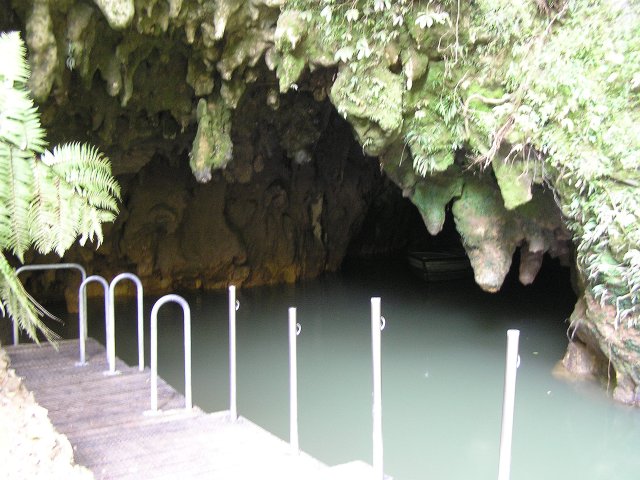
![]()
![]()
![]()
![]()
Photography isn't allowed inside the caves (understandably, it upsets the glowworms). This is where the boat leaves.
We then drove back to Otorohanga to visit the Kiwi House. Kiwis are, of course, the most famous New Zealand bird. I was surprised by their size. I had assumed that they would be roughly as big as a partridge but they were larger; almost chicken sized. There’s lots more birds too see. They’ve got several birds of prey. There’s a large number of wildfowl in open ponds and marshes. The main attraction (other than the kiwis!) is a massive wire mesh aviary containing forest birds in their natural habitat.
![]()
![]()
![]()
![]()
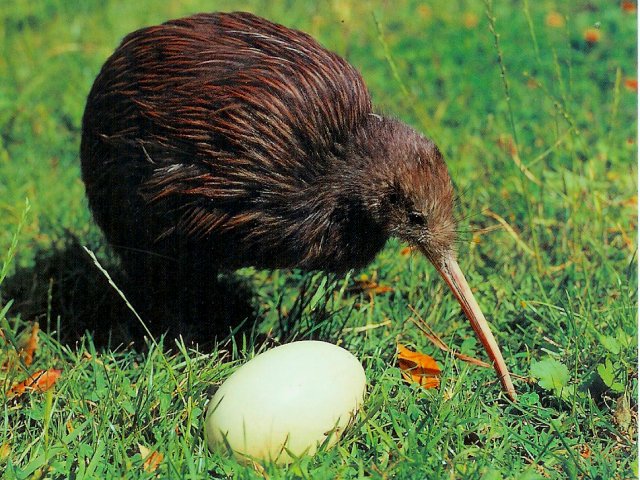
![]()
![]()
![]()
![]()
It was too dark for photography in the Kiwi House. This image is from a postcard.
![]()
![]()
![]()
![]()
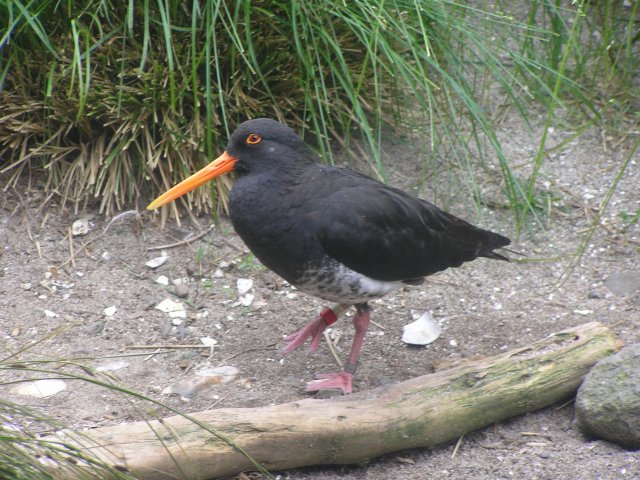
![]()
![]()
![]()
![]()
An oystercatcher strutting his stuff.
![]()
![]()
![]()
![]()
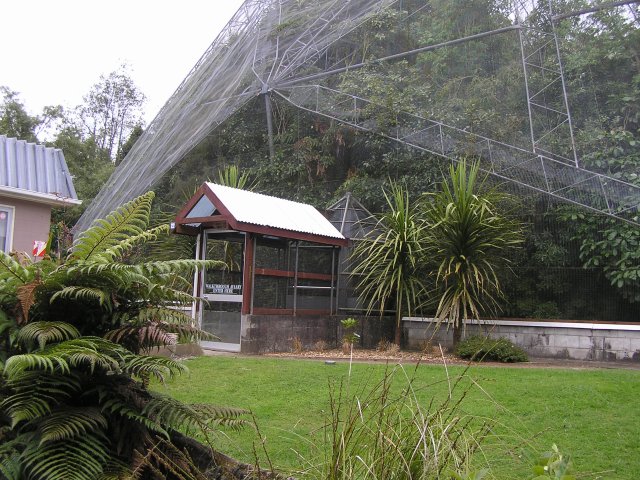
![]()
![]()
![]()
![]()
The entrance to the forest aviary.
We drove from Otorohanga to Rotorua, stopping en-route at the dam on the Arapuni river. The road actually crosses the river along the top of the dam. Built in 1924 the dam and power station are still in use today with a generating capacity of 26MW. The river gorge up and downstream of the dam are very scenic.
![]()
![]()
![]()
![]()
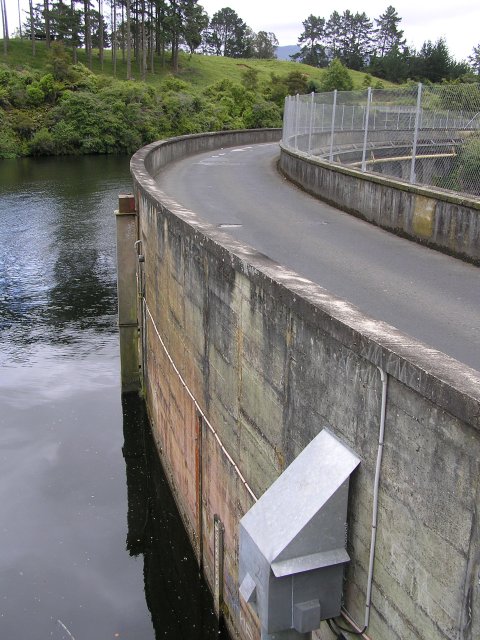
![]()
![]()
![]()
![]()
The single track road across the top of the dam
![]()
![]()
![]()
![]()
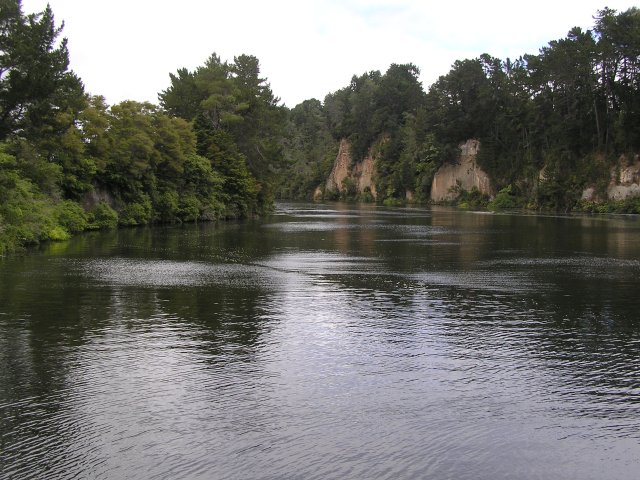
![]()
![]()
![]()
![]()
Upstream from the dam
Further along the road we found a picnic area by a waterfall. New Zealand roads seem very good in this respect. There are frequent parking bays along most roads, some with toilet facilities.
![]()
![]()
![]()
![]()
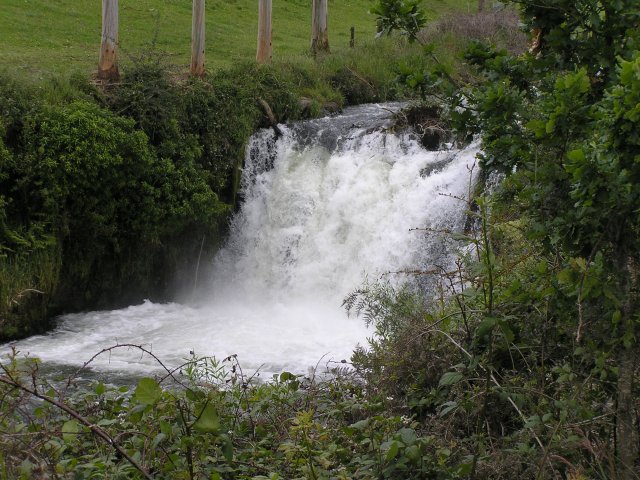
![]()
![]()
![]()
![]()
We had lunch by this waterfall.
When we got to Rotorua we first stopped at a public geothermal area near the centre of town. This park has a number of warm water lakes that give a fair bit of steam. There’s a good path that leads through the bushes between the lakes.
![]()
![]()
![]()
![]()
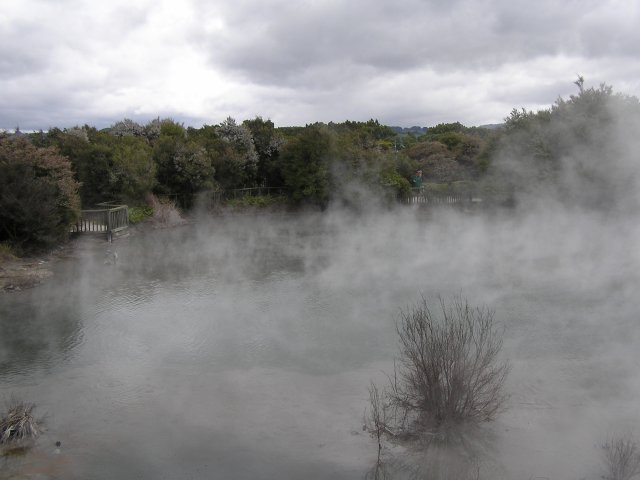
![]()
![]()
![]()
![]()
This lake was giving off plenty of steam.
We then drove to Hells Gate. This is a much larger geothermal area with some bubbling mud too. There a walk around the area with bridges that cross some of the less violent mud pools and hot lakes.
![]()
![]()
![]()
![]()
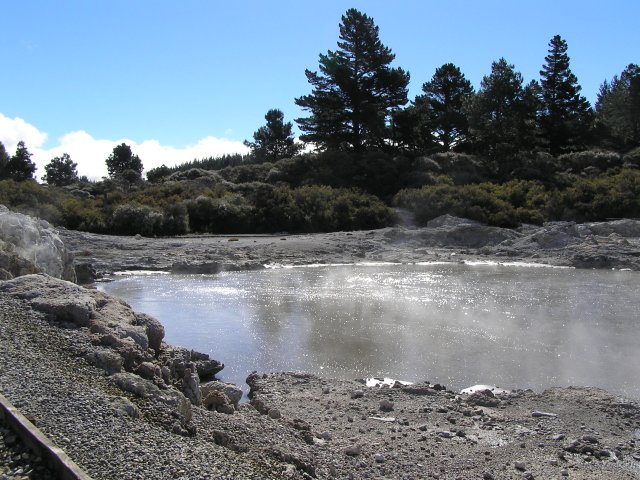
![]()
![]()
![]()
![]()
Not as inviting as it looks
![]()
![]()
![]()
![]()

![]()
![]()
![]()
![]()
We first saw this peacock wandering around the park. It also came up to us in the carpark.
We stayed at the Cosy Cottage. This was much busier than the camp site in Otorohanga. My cabin was nowhere as good but it was a bit cheaper.